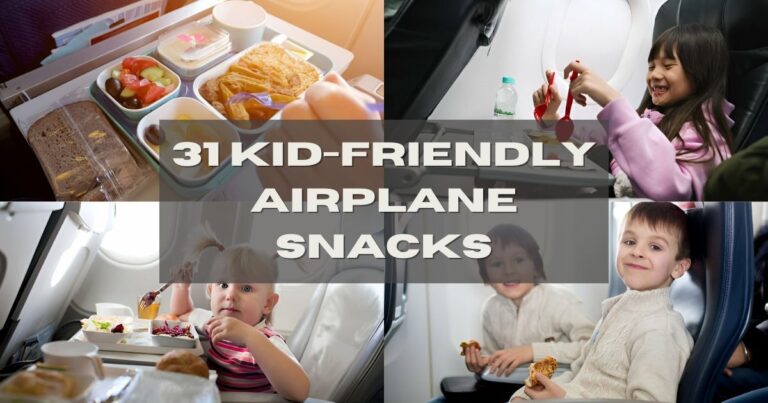13 Tips for Traveling with Kids in the Car: A Complete Guide
Road trips offer families a unique opportunity to bond, explore new destinations, and create lifelong memories. However, traveling with kids in the car comes with its own set of challenges, from keeping little ones entertained to ensuring their safety and comfort during long hours on the road. Whether you’re embarking on a family getaway, visiting relatives, or simply exploring the great outdoors, preparation and organization are key to a smooth and enjoyable journey.
This guide features 13 tried-and-true tips to help parents navigate the complexities of road travel with kids. From planning your trip around your child’s schedule to packing strategically, these practical insights are designed to turn any car journey into a stress-free adventure. Let’s dive in!
1. Plan Your Trip Around Your Kids’ Needs
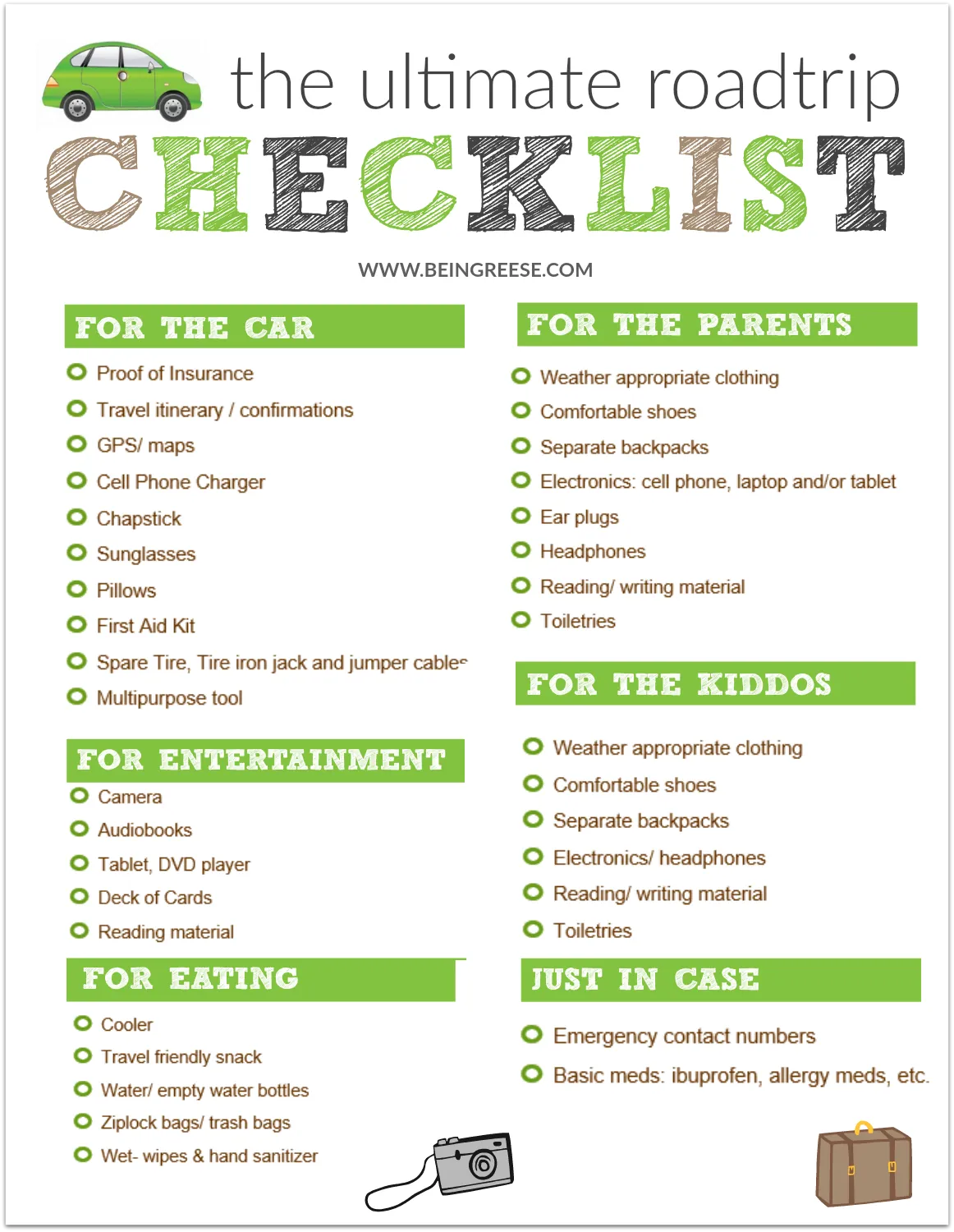
Traveling with children means adapting your plans to align with their daily routines and preferences. A well-thought-out itinerary can make all the difference in reducing tantrums and ensuring an enjoyable trip.
Timing Matters
To minimize disruptions, schedule your travel during nap times or late at night. Long stretches of uninterrupted sleep can help kids stay well-rested, reducing fussiness along the way. For instance, night driving can allow children to sleep soundly while parents concentrate on reaching their destination.
Start with Practice Runs
Before committing to a lengthy road trip, start with shorter drives to help kids acclimate to spending time in the car. These “test runs” give you insights into how they handle car rides and allow you to adjust as needed.
Allow for Flexibility
While it’s tempting to stick to a rigid schedule, flexibility is a must. Allow extra time for unexpected bathroom breaks, diaper changes, or snack stops. Remember, children thrive when they aren’t rushed, so budget an additional 20–30 minutes for every few hours of driving.
Find Kid-Friendly Stops
Break the monotony of a long drive by planning stops at interesting, kid-friendly locations. Apps like Roadside America can help you discover nearby attractions, playgrounds, or scenic parks where kids can stretch their legs and burn off energy.
2. Safety First: Preparing Your Vehicle and Kids
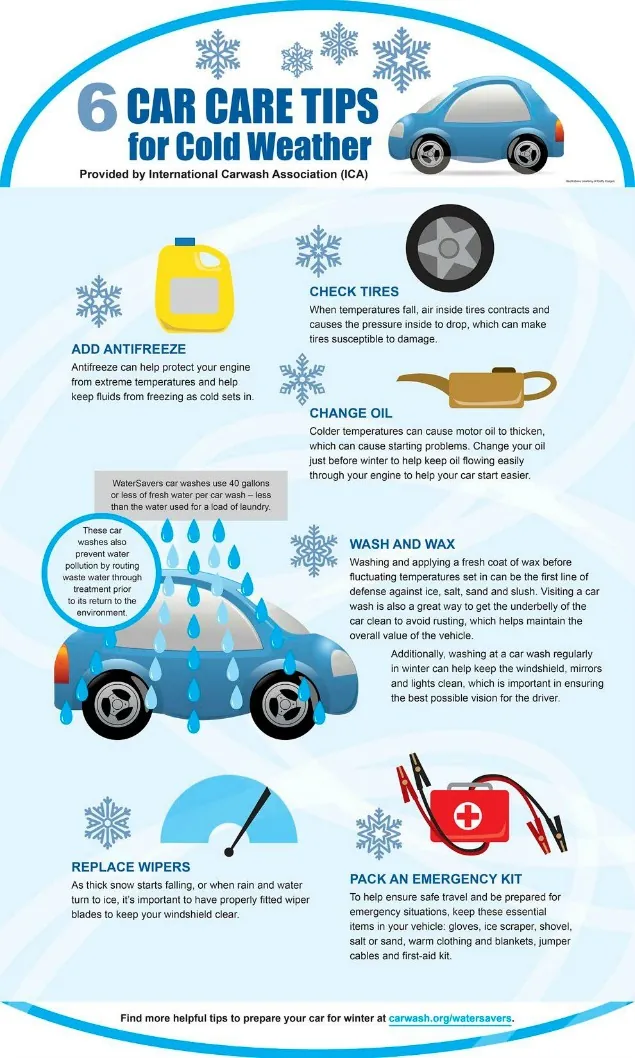
Ensuring safety is non-negotiable when traveling with children. From car maintenance to proper seating arrangements, taking safety precautions should be at the top of your list.
Inspect Your Car Thoroughly
Before embarking on your trip, perform a detailed inspection of your vehicle. Check tire pressure, brake conditions, fluid levels, and lights. Ensuring your car is in top shape prevents unexpected breakdowns and adds peace of mind.
Child Safety Seats Are Essential
Properly install age-appropriate child safety seats to ensure a secure ride. Double-check the installation by referring to your car seat’s manual or visiting a car seat technician. Safety experts recommend rear-facing seats for toddlers, while older children should sit in booster seats until they meet height and weight requirements.
Pack an Emergency Kit
Prepare an emergency kit that includes first-aid essentials, flashlights, batteries, jumper cables, a tire repair kit, spare water, and non-perishable snacks. These items can be lifesavers in case of unexpected situations.
Secure Loose Items
Loose objects in the car can become hazardous projectiles during sudden stops. Secure bags, toys, and any other loose items in the trunk or compartment to keep both kids and passengers safe.
3. Pack Strategically for Comfort and Convenience
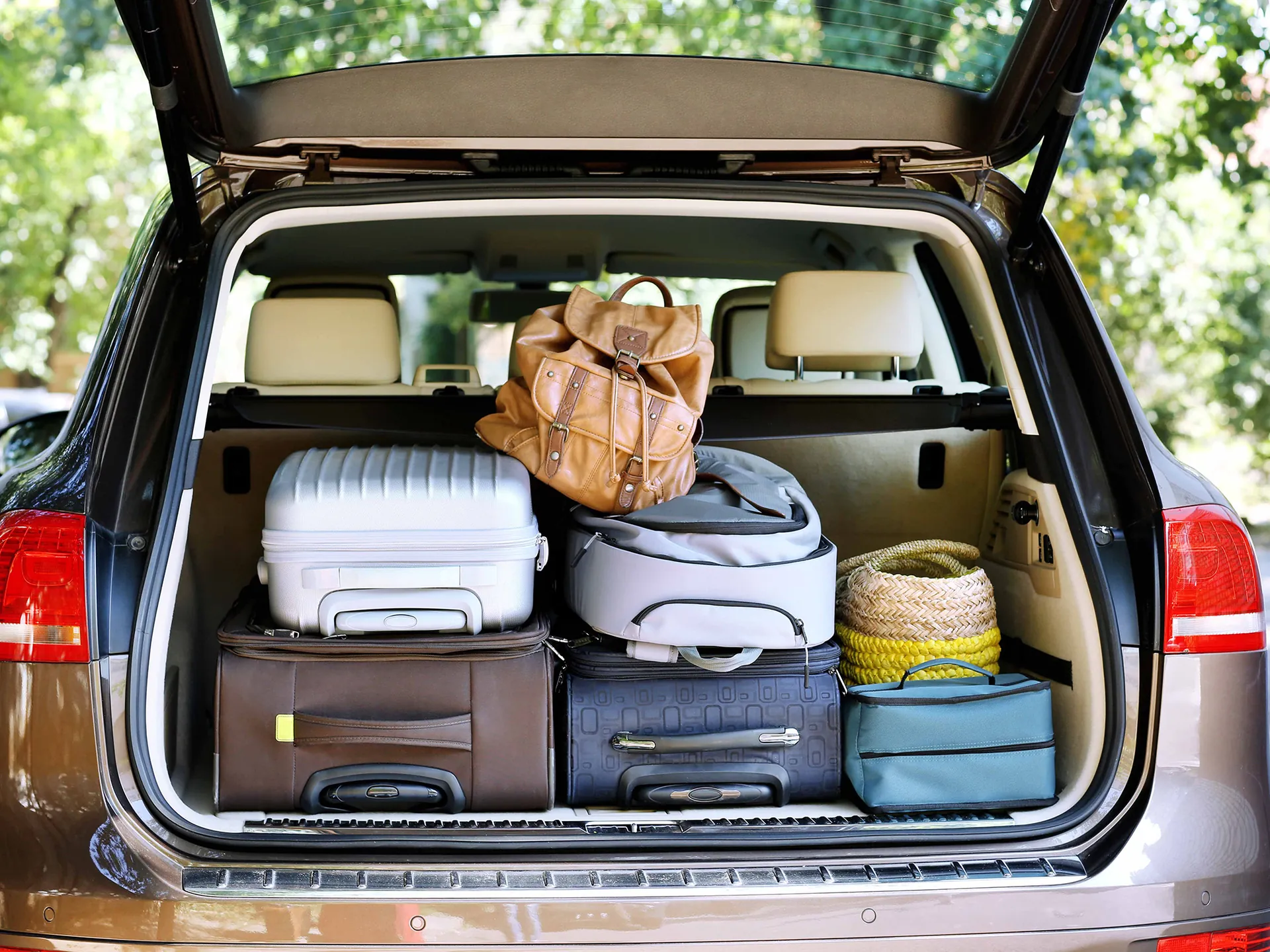
Packing efficiently ensures a comfortable and hassle-free journey. Thoughtful organization helps keep essentials at your fingertips without cluttering the car.
Keep Essentials Within Easy Reach
Store snacks, wipes, toys, and spare clothes in easily accessible locations, such as seat organizers or reusable totes. This saves time and keeps kids happy without pulling over every few miles.
Assign Personalized Bags
To promote independence, give each child their own bag packed with their favorite items—books, small toys, or snacks. Personalized bags make kids feel special and reduce conflicts over shared items.
Prepare for Weather Changes
Pack weather-appropriate gear. For warmer climates, include sunshades for the windows and reusable water bottles. For colder conditions, bring blankets and hats to ensure everyone stays cozy.
4. Entertainment Ideas to Keep Kids Engaged
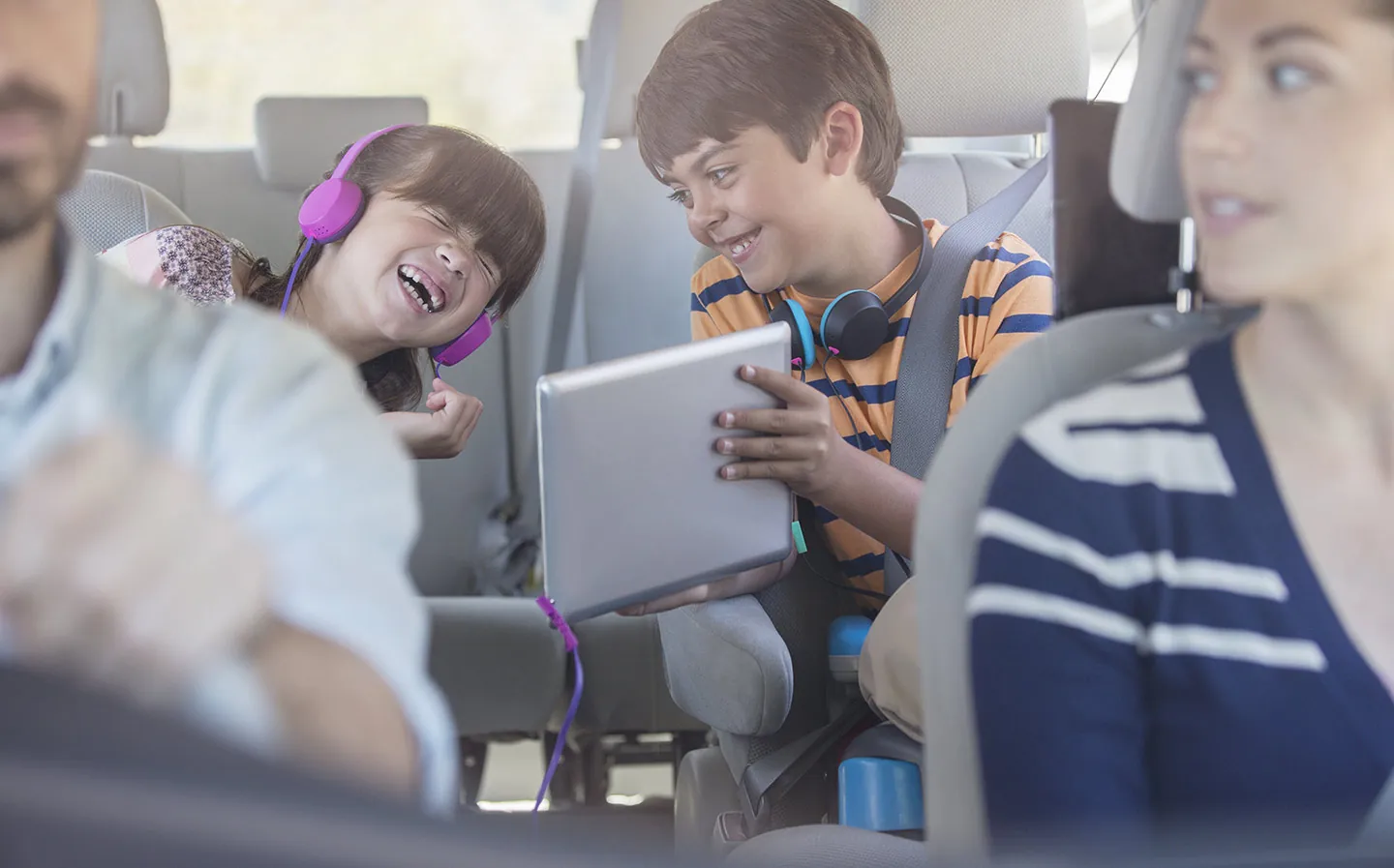
Keeping children entertained during a long car ride can be challenging. Boredom often leads to restlessness, so it’s wise to have a variety of activities ready to keep young minds occupied.
Screen-Free Fun
Encouraging screen-free entertainment not only promotes creativity but also strengthens family bonds. Here are a few ideas:
- Classic Road Games: Activities like “I Spy,” the license plate game, or travel bingo are engaging and fun for all ages.
- Creative Toys: Magnetic building sets, coloring books, or reusable sticker pads provide hours of entertainment.
- Audiobooks: Family-friendly audiobooks or story podcasts are perfect for keeping everyone engaged while reducing eye strain from screens.
Digital Entertainment
While screen-free activities are ideal, digital entertainment can also come in handy for long stretches. Preload movies, games, or kid-friendly apps onto a tablet. Use screen time wisely by alternating between digital activities and offline play.
5. Snacks and Meals on the Go
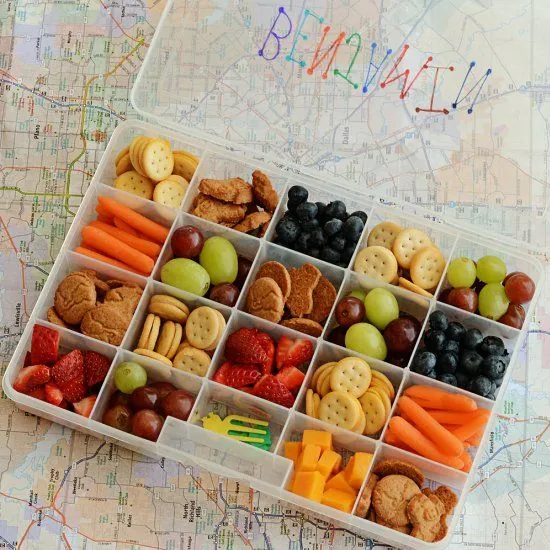
Food can make or break a road trip with kids. Hunger often results in crankiness, so keeping a stockpile of nourishing snacks is essential. You’ll also need mess-free options to avoid post-trip cleanup headaches.
Healthy and Portable Snacks
Choose snacks that are both nutritious and convenient to eat in the car. Options like fresh fruit, granola bars, popcorn, veggie sticks, and trail mix are crowd-pleasers. Avoid high-sugar snacks that cause energy crashes shortly after consumption.
Mess-Free Containers
Invest in spill-proof containers or zip-lock bags to minimize mess. Bento boxes are also a great way to organize snacks while controlling portion sizes.
Make Meal Stops Count
When planning meal stops, try combining food breaks with play opportunities. A quick picnic at a park or playground lets kids stretch and recharge, making the ride more enjoyable for everyone.
6. Plan Rest Stops Wisely
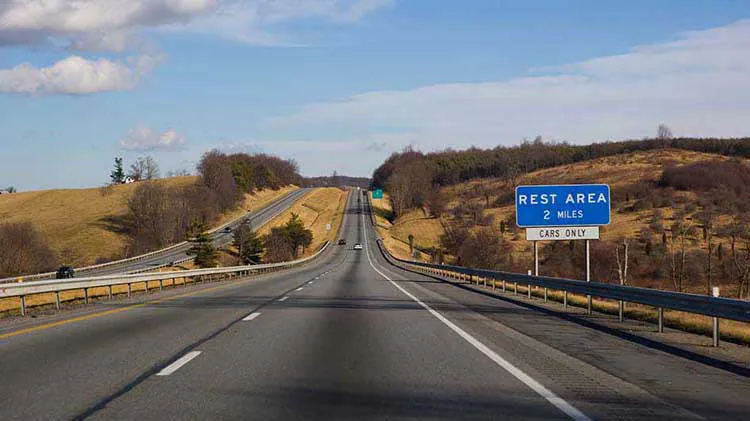
Frequent breaks benefit not only the kids but the entire family. From bathroom stops to impromptu picnics, well-timed breaks can help everyone stay refreshed and alert.
Stick to a Schedule
Plan to stop every 2–3 hours to allow for bathroom breaks, leg stretches, and hydration. This routine also gives younger children a chance to burn off extra energy.
Seek Kid-Friendly Locations
Whenever possible, choose rest stops with amenities like playgrounds or open areas for running around. Websites and apps can help locate these spots along your chosen route.
Adjust as Needed
Be mindful of your child’s mood and energy levels. Flexibility is key—stopping more frequently than anticipated may be necessary to keep little ones comfortable.
7. Managing Sleep During the Trip
Sleep routines can be tricky to manage while traveling. While some kids might snooze happily in the car, others may struggle to settle down. Creating the right environment is critical.
Encourage Relaxation
Promote restfulness by using white noise machines, playing soft music, or providing familiar comfort items like their favorite blanket or stuffed animal. Avoid screens before naps, as they can overstimulate young minds.
Comfort Comes First
Reclining car seats and neck pillows can make kids’ naps more comfortable while ensuring safety. For overnight trips, mimic bedtime routines as much as possible to signal to their bodies that it’s time to sleep.
8. Handling Meltdowns and Boredom
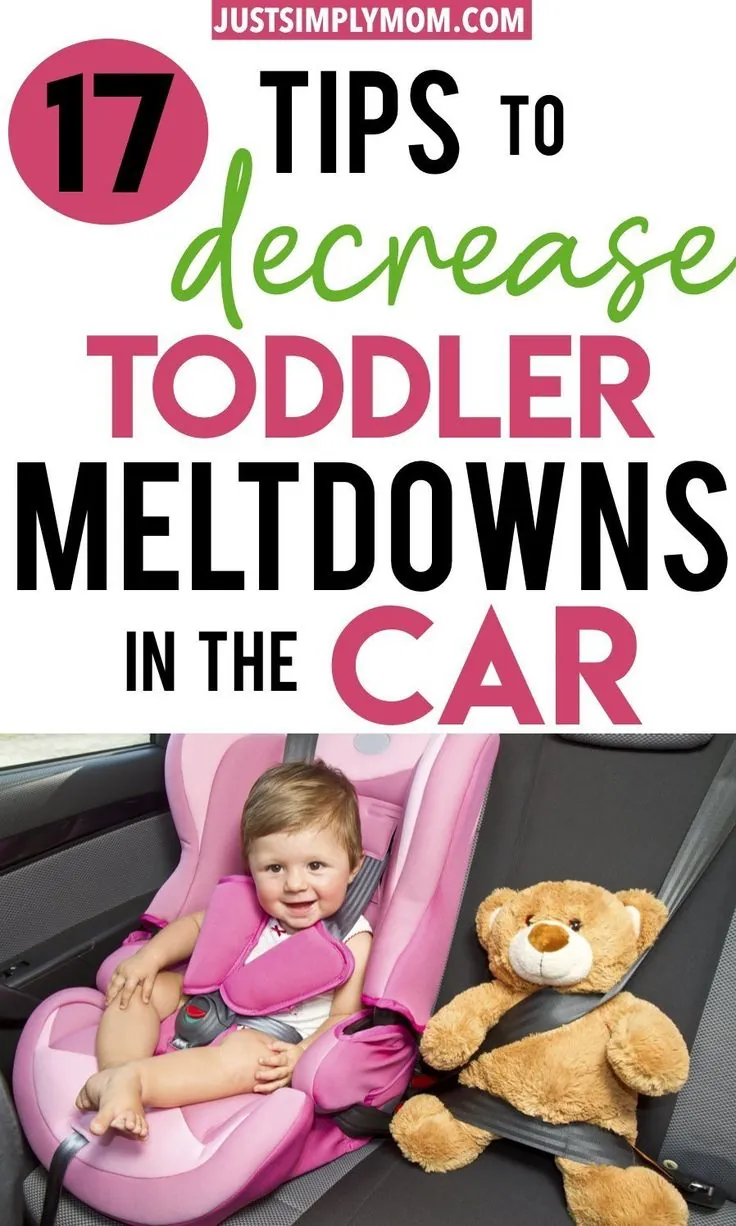
Even the most well-prepared trip can hit a few bumps when kids get bored or overwhelmed. Handling meltdowns with patience and a proactive strategy can keep the situation under control.
Stay Calm and Patient
When meltdowns happen, the best approach is to stay calm. Practice mindfulness techniques such as deep breathing or counting to 10 before reacting. Your calm demeanor can help de-escalate the situation.
Rotate Activities
Children often lose interest in activities after a while. Keep a rotation of entertainment options, such as new toys, games, or activities, to re-engage their attention. For example, switch from a coloring book to travel-sized puzzles or introduce a new audiobook chapter.
Reward Positive Behavior
Use positive reinforcement to encourage good behavior. Small rewards, such as stickers, their favorite snack, or choosing the next activity, can motivate kids to cooperate and stay entertained.
9. Avoiding Car Sickness
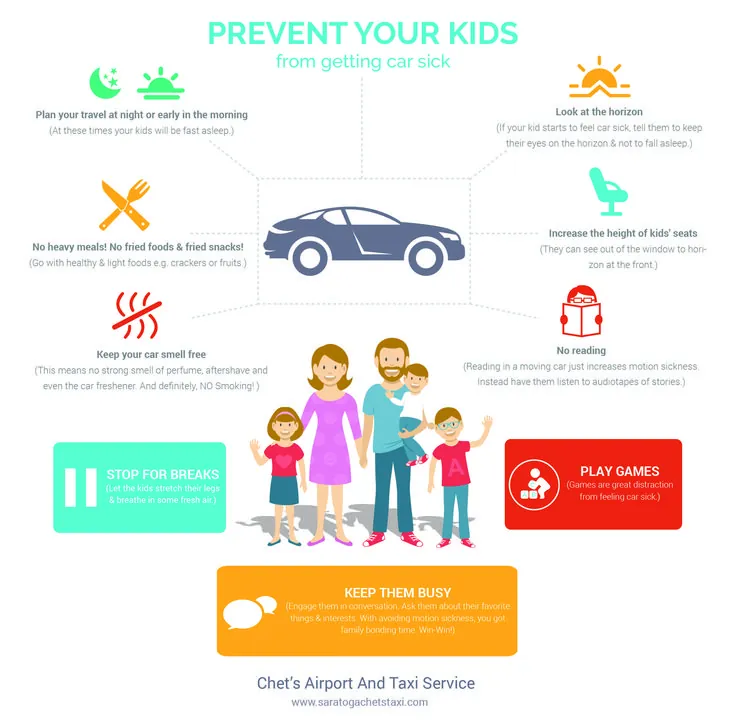
Motion sickness is a common issue during road trips, especially for younger kids. Taking preventive measures can help keep everyone feeling their best.
Prevention Tips
To reduce car sickness, encourage kids to focus on objects outside the car, such as the horizon, instead of reading or staring at screens. Avoid letting them sit in the back row of the car, as this can increase motion discomfort.
Light Snacks
Offer light snacks like crackers or dry cereal before and during the trip. Avoid heavy or greasy meals that might upset their stomach.
Remedies
Keep remedies like acupressure bands, ginger candies, or Dramamine on hand. If symptoms persist, consider pulling over for fresh air and a short break.
10. Involve Kids in the Journey
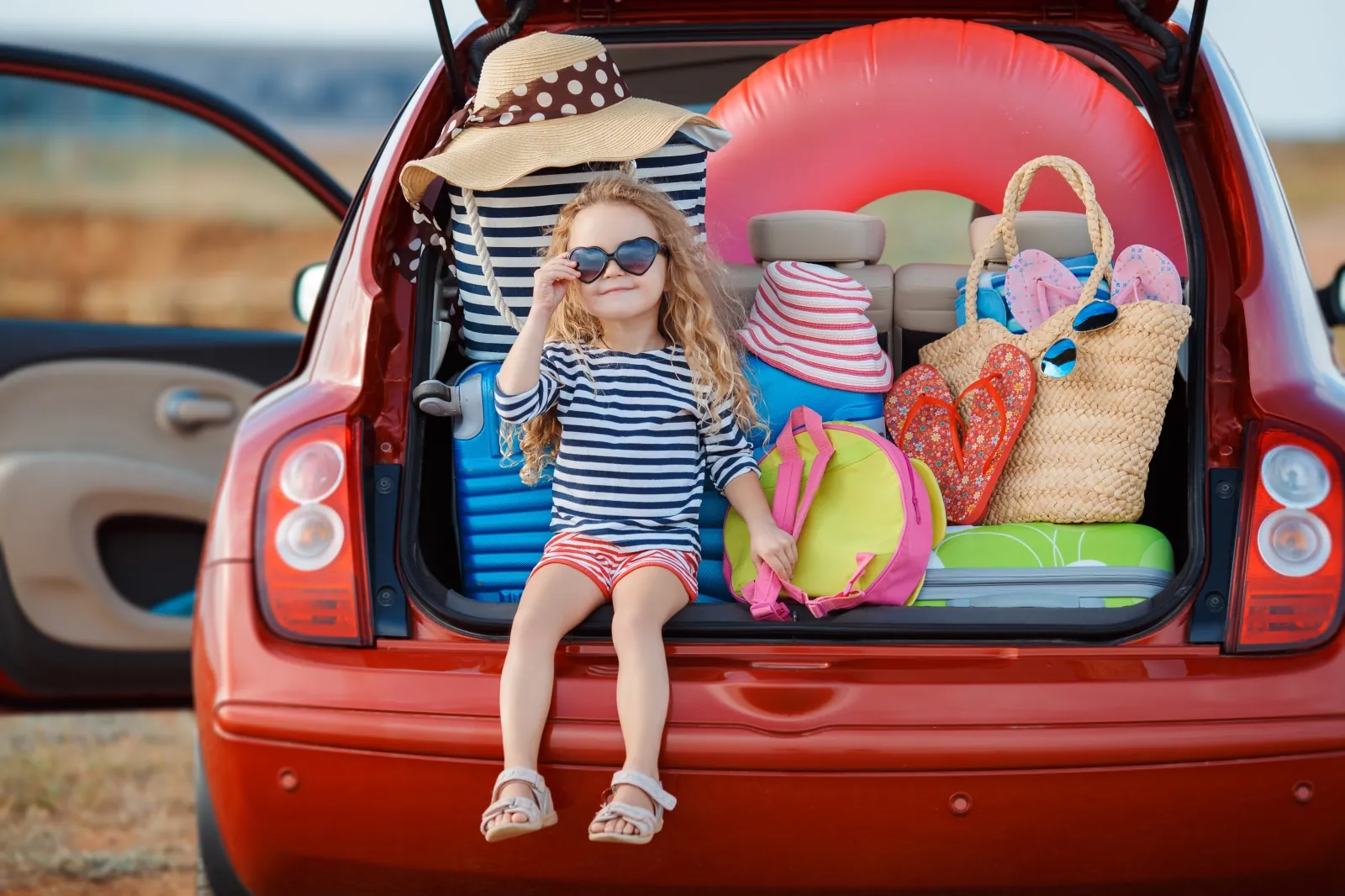
Involving your kids in the travel experience can make the trip more exciting and memorable for them. Simple activities can help them feel like active participants rather than passive passengers.
Interactive Progress Tracking
Give kids a sense of control by letting them track the trip’s progress. Use kid-friendly maps, road trip journals, or GPS apps designed for children. They’ll love knowing how far they’ve traveled and how much is left to go.
Share Stories About Destinations
Keep kids engaged by sharing fun facts or stories about your destination or the landmarks you’ll pass along the way. Turn it into a game by asking them to spot certain landmarks or animals during the journey.
11. Stay Organized Throughout the Trip
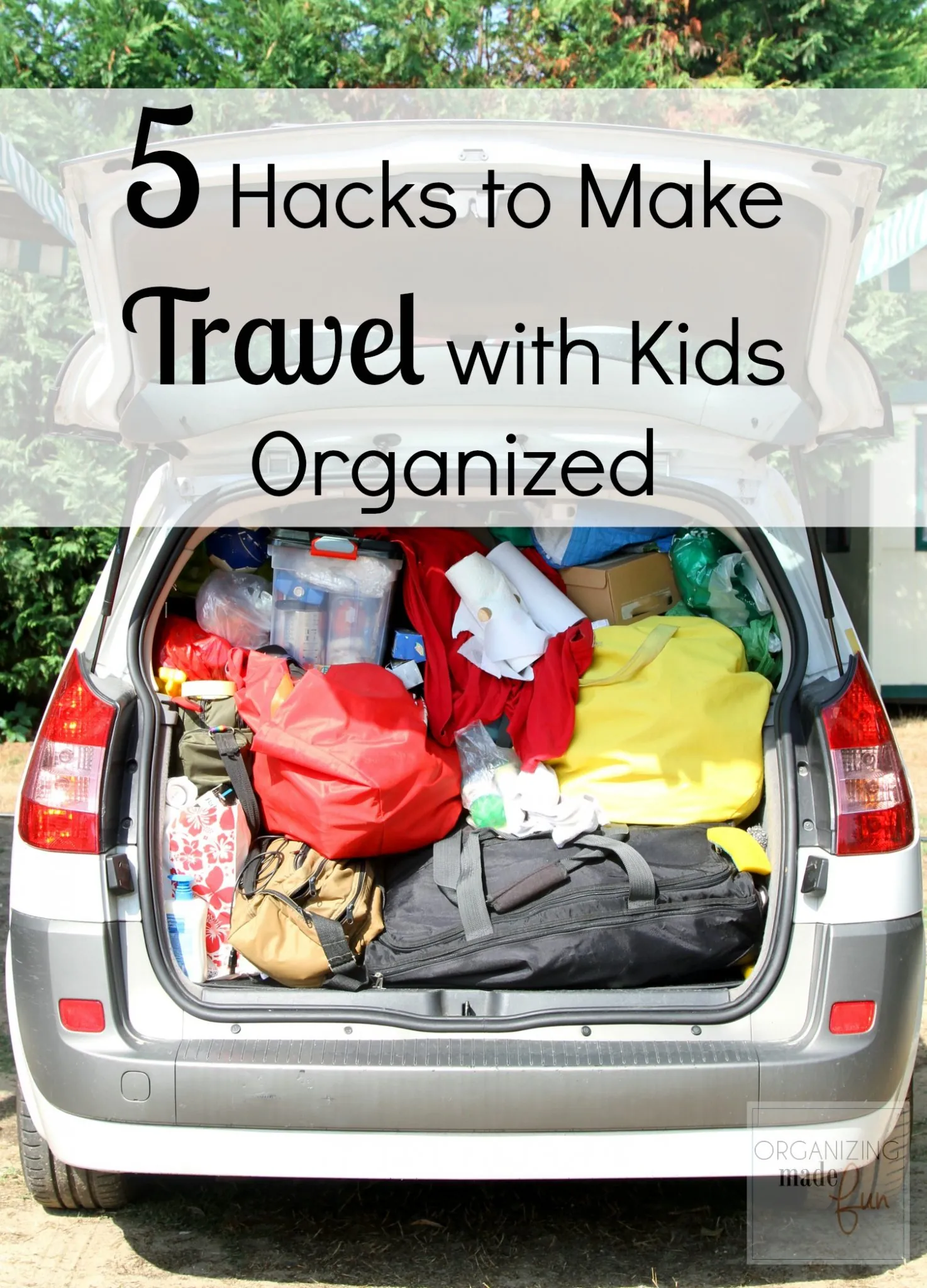
Organization is the backbone of a successful road trip. A clutter-free car keeps stress levels down and ensures everything you need is readily available.
Use Seat Organizers
Invest in car organizers that hang behind the seats or attach to the console. Use these to store toys, snacks, tissues, and electronic devices so everyone has easy access.
Assign Roles to Older Kids
Older children can help keep the car tidy and organized by managing small tasks, such as collecting trash during breaks or retrieving items from bags. Giving them responsibilities can make them feel valued and involved.
12. Prioritize Safety During Stops and Driving
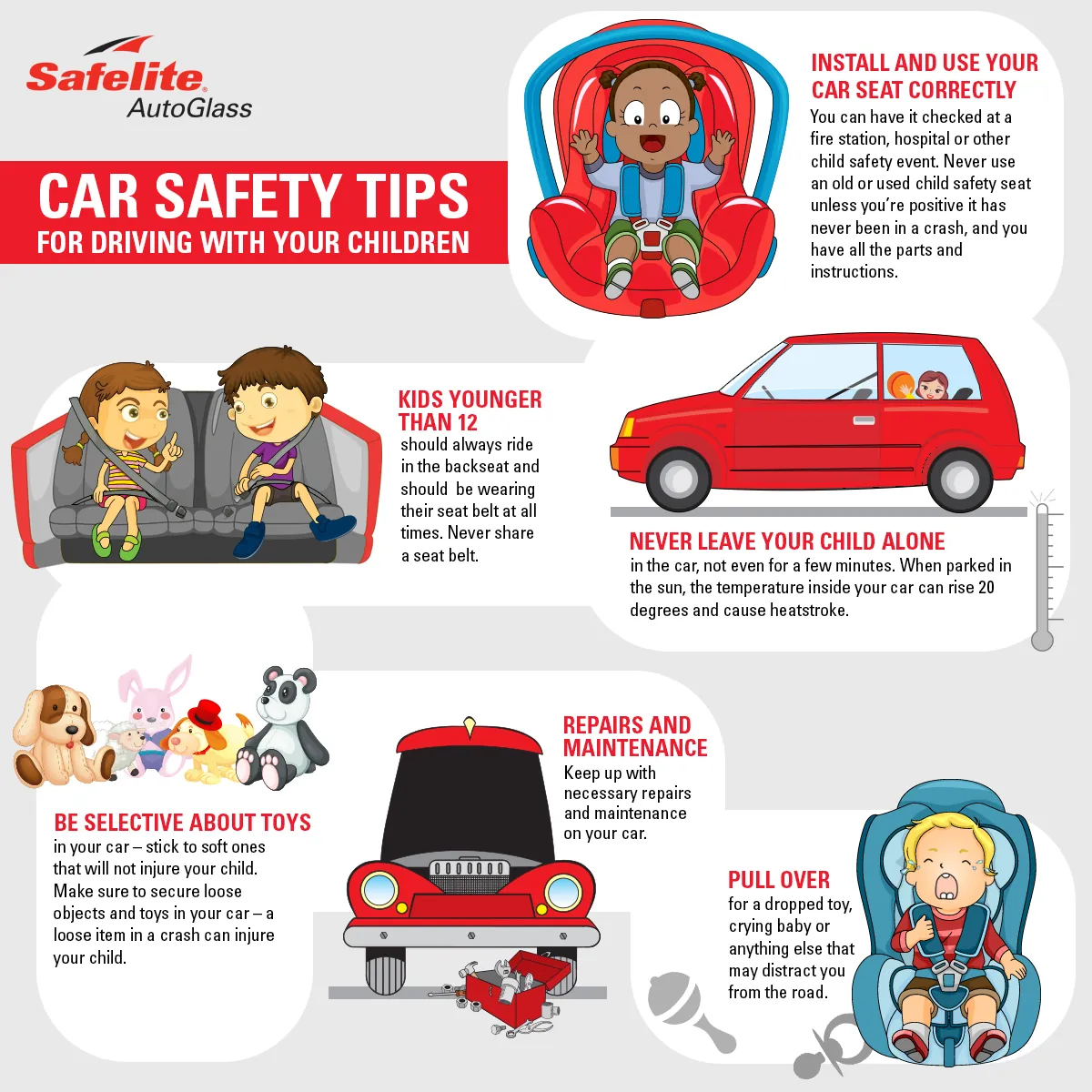
Safety doesn’t stop once you’re on the road—it’s equally important during rest stops and driving. Staying vigilant can prevent accidents and ensure peace of mind.
Monitor Kids Closely During Stops
Never leave kids unattended in the car, even for a few minutes, as temperatures can rise or drop quickly. During rest stops, keep a close eye on children, especially in parking lots or near busy roads.
Teach Basic Safety Rules
Before the trip, educate your kids about basic safety rules, such as staying close to their parents, avoiding running in parking lots, and holding hands in crowded areas.
Activate Child Locks
Secure child locks on car doors and windows to prevent curious kids from accidentally opening them while the vehicle is in motion.
13. Post-Road Trip Recovery Tips for Parents and Kids
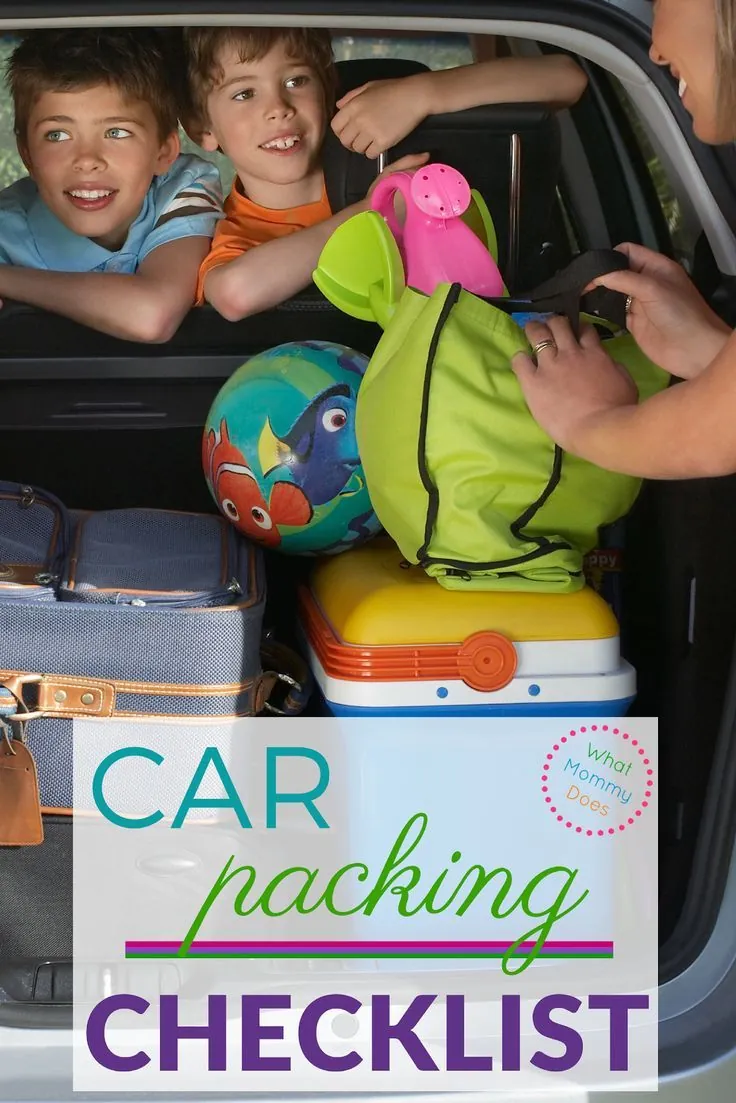
After a long road trip, give your family time to relax and recharge. This ensures everyone starts the next leg of the journey—or their vacation—on the right foot.
Unwind and Rest
Once you arrive at your destination, allow some downtime to adjust. Set aside a few hours to relax, nap, or enjoy a quiet activity before jumping into sightseeing or social events.
Reflect on the Trip
Take a moment to evaluate what worked well and what didn’t. This helps you prepare for future trips. Involve the entire family by asking for their input—kids might surprise you with helpful suggestions!
FAQs: Common Concerns About Traveling with Kids
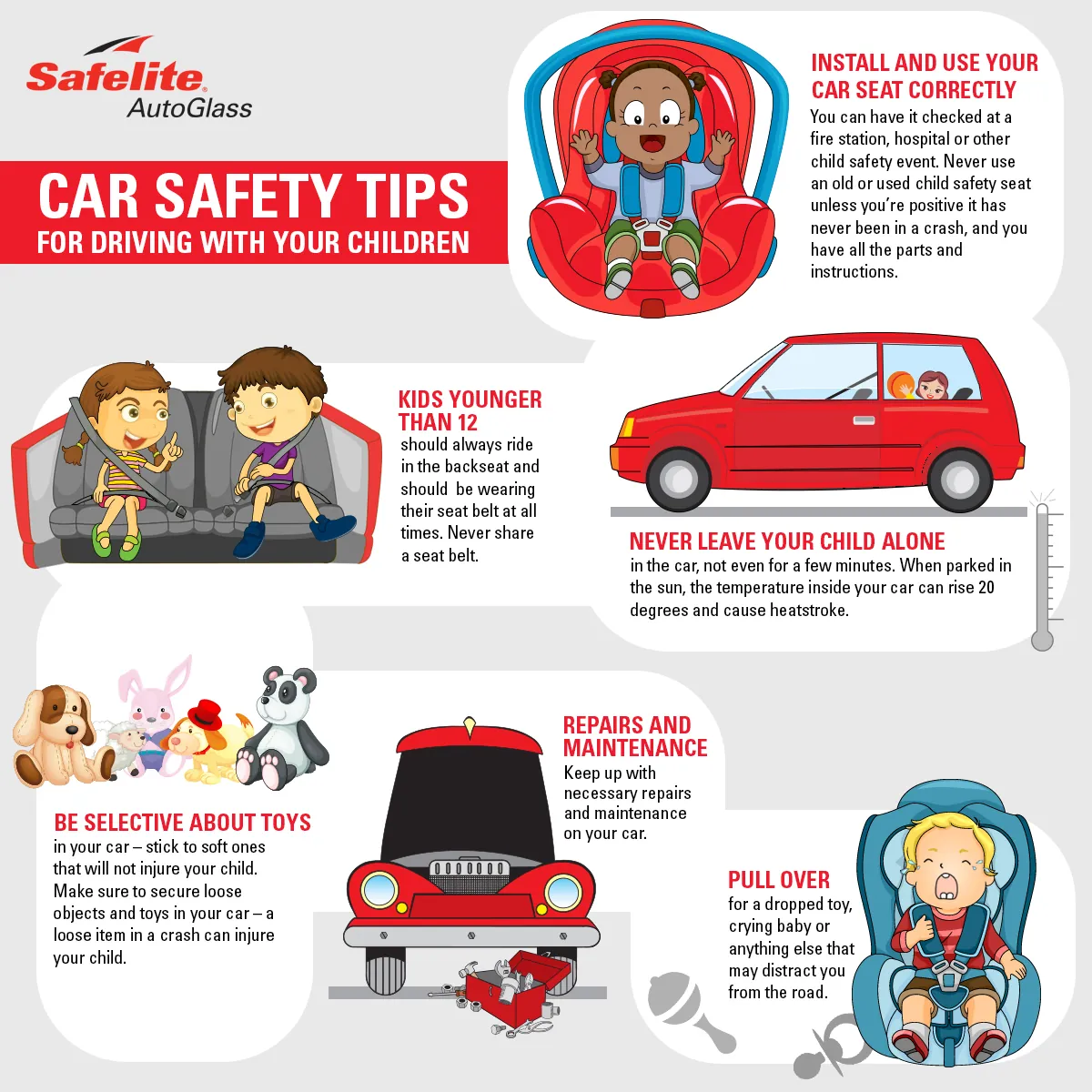
How often should we stop during a long car trip with kids?
Plan to stop every 2–3 hours for bathroom breaks, snacks, and leg stretches. Frequent stops not only keep kids comfortable but also help parents stay alert.
What are some good snacks for road trips with kids?
Healthy, portable options like fruits, veggie sticks, granola bars, popcorn, and trail mix are ideal. Avoid sugary or messy snacks that could lead to sticky fingers or energy spikes.
How can I keep my toddler entertained without screens?
Try sticker books, magnetic puzzles, coloring activities, or classic car games like “I Spy.” Audiobooks or singalongs can also provide screen-free entertainment for toddlers.
What should I do if my child gets carsick?
Encourage your child to look outside the window and avoid books or screens during the trip. Light snacks like crackers can help settle their stomach, and remedies like ginger, acupressure bands, or Dramamine may be useful.
Is it better to travel during the day or at night with kids?
This depends on your child’s schedule. Traveling during nap times or at night can reduce restlessness, while daytime travel allows for better visibility and more opportunities to explore rest stops.
Final Thoughts
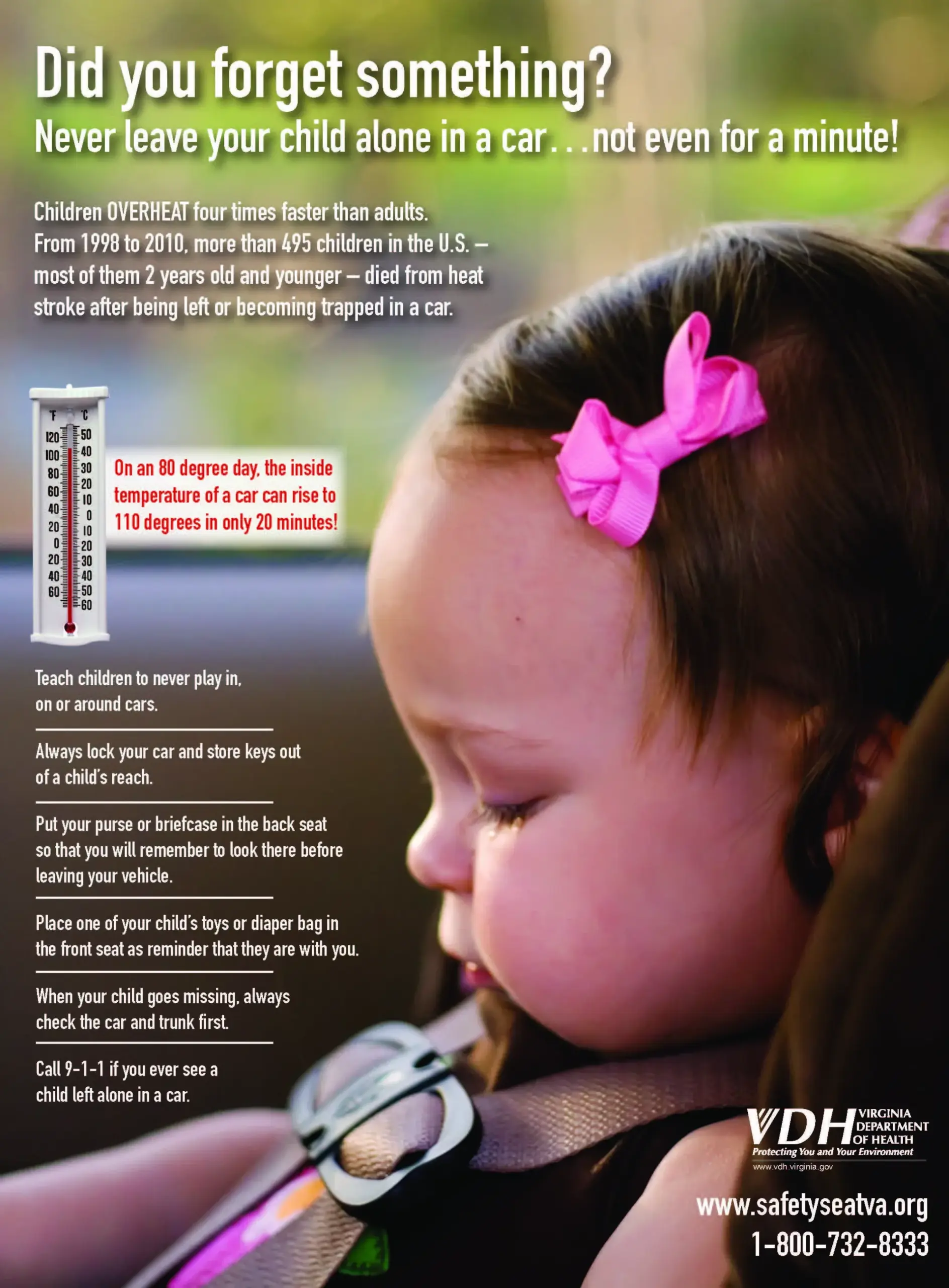
Traveling with kids in the car may feel daunting, but it can also be a rewarding adventure with the right preparation. By planning around your child’s needs, prioritizing safety, and keeping a calm and positive attitude, you’ll be able to create priceless memories along the way. Each road trip is a chance to bond, share laughs, and enjoy the journey—not just the destination.

